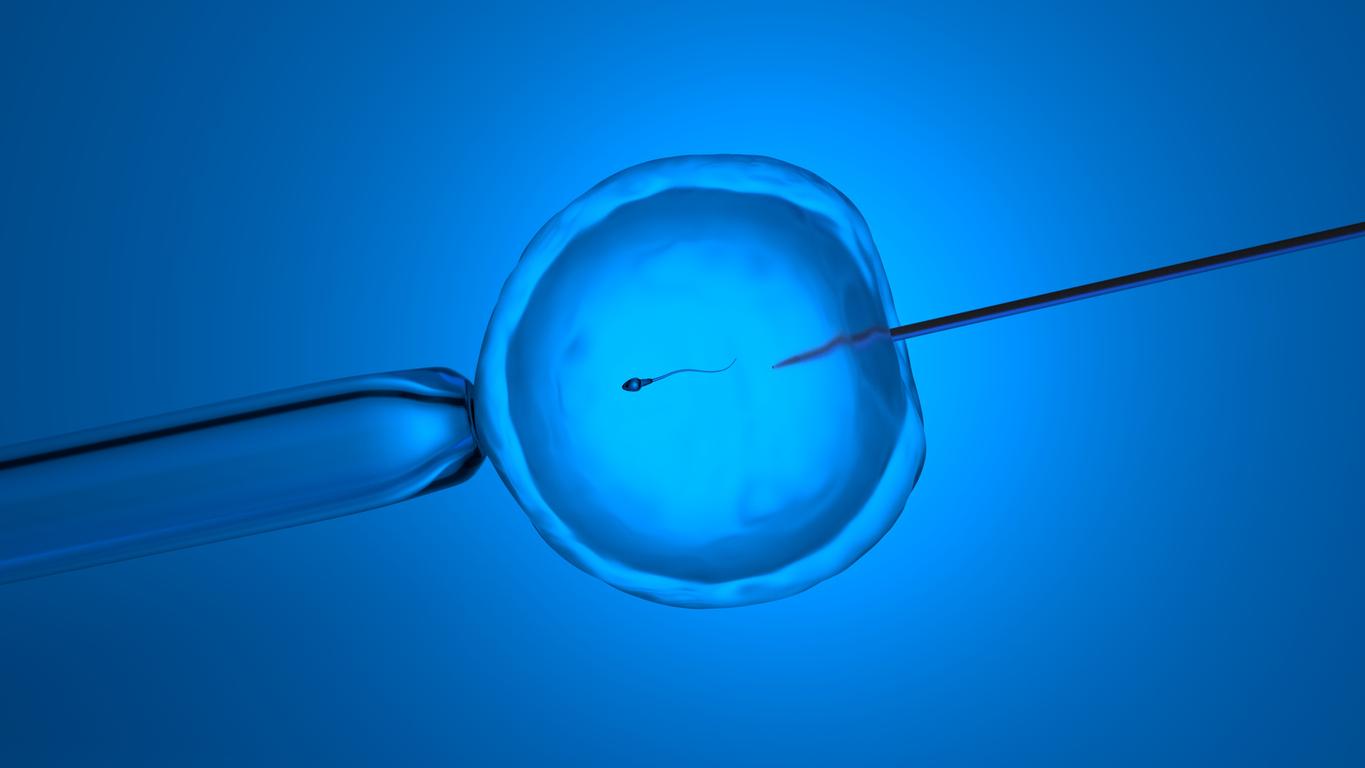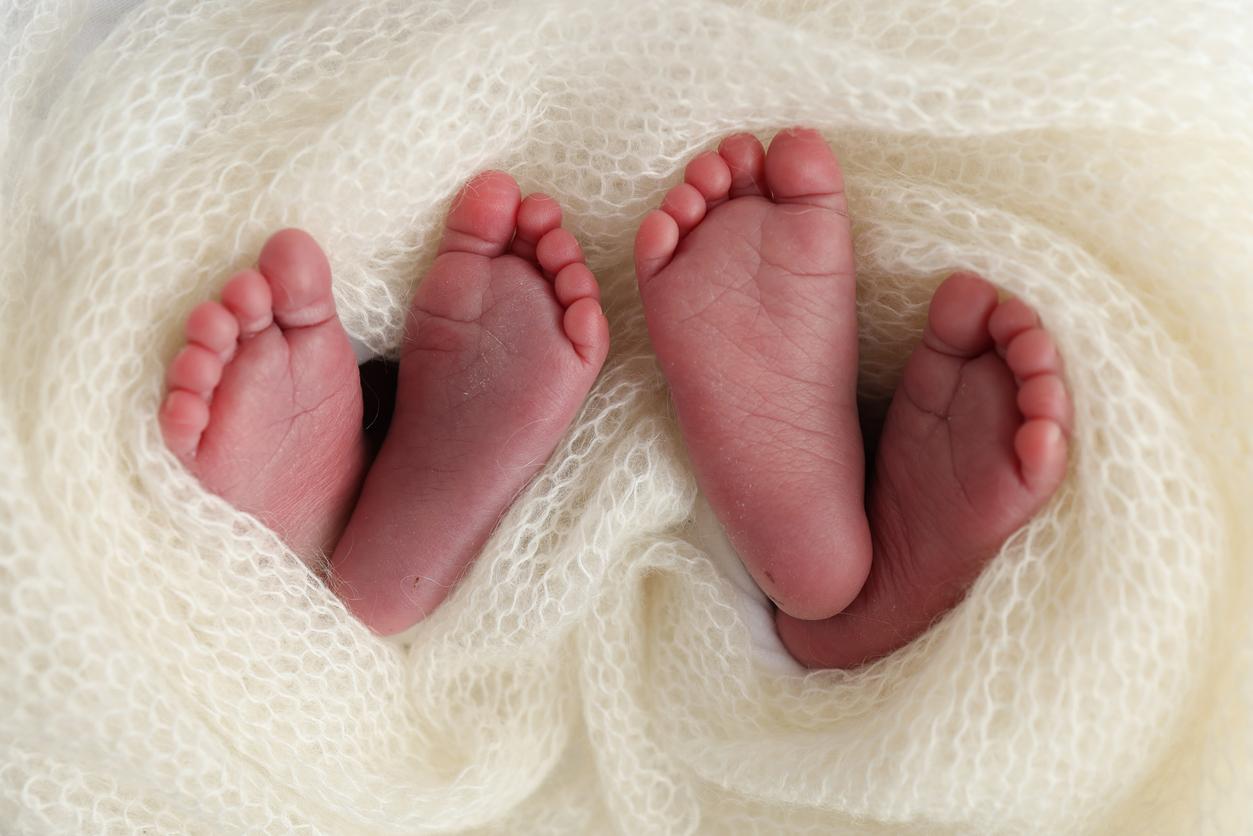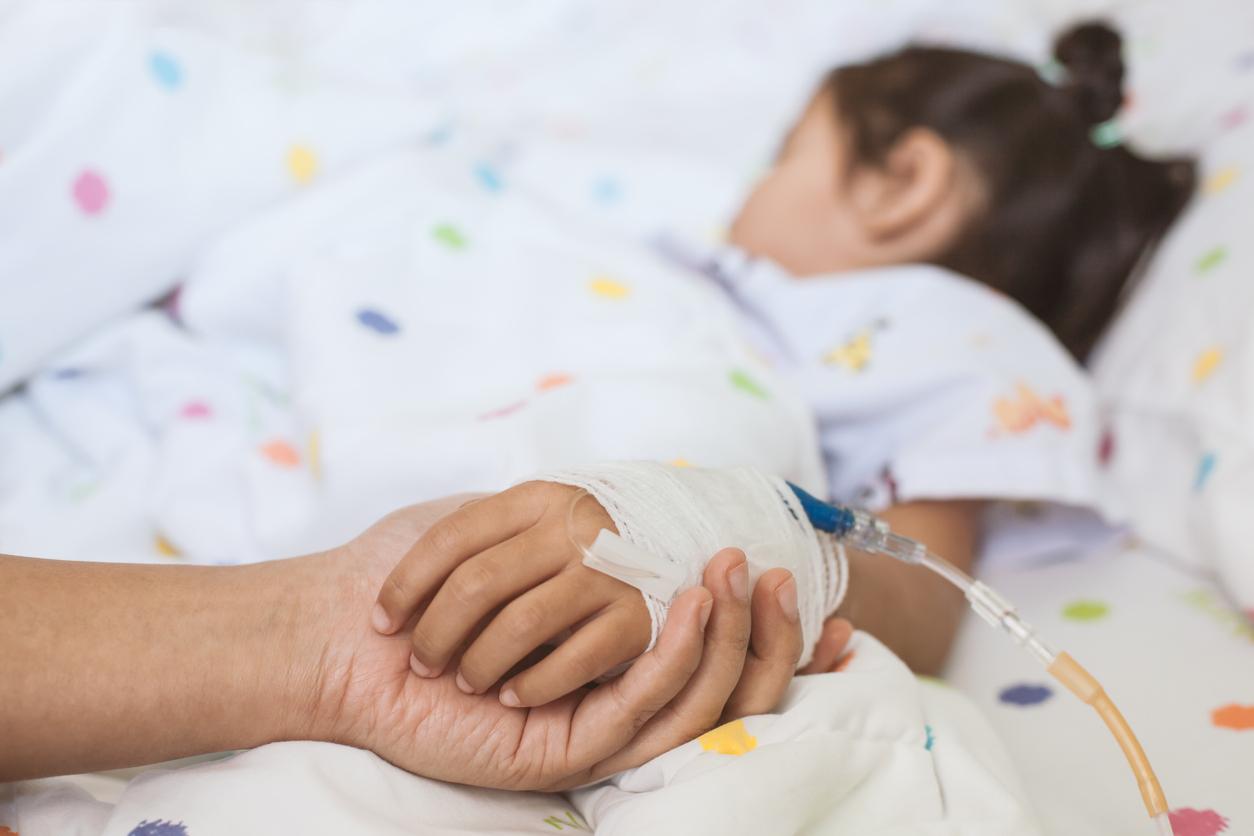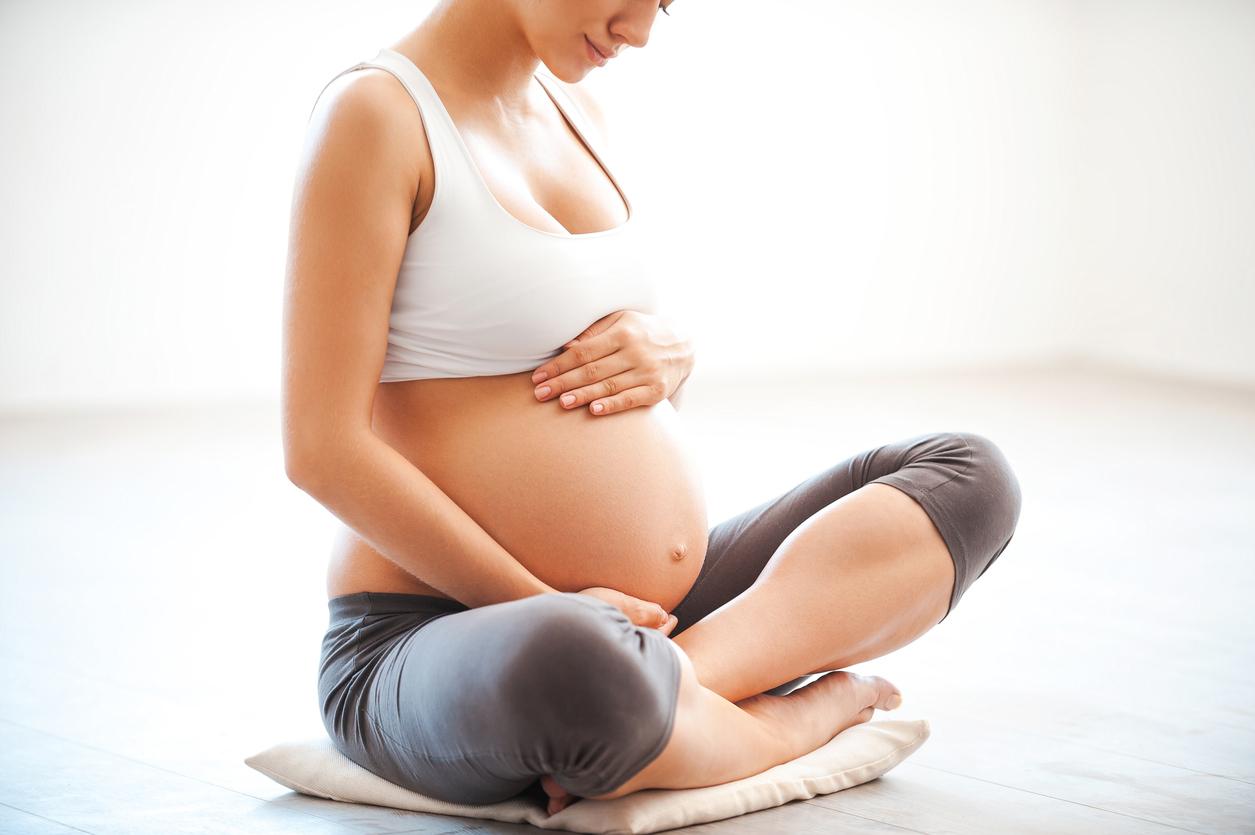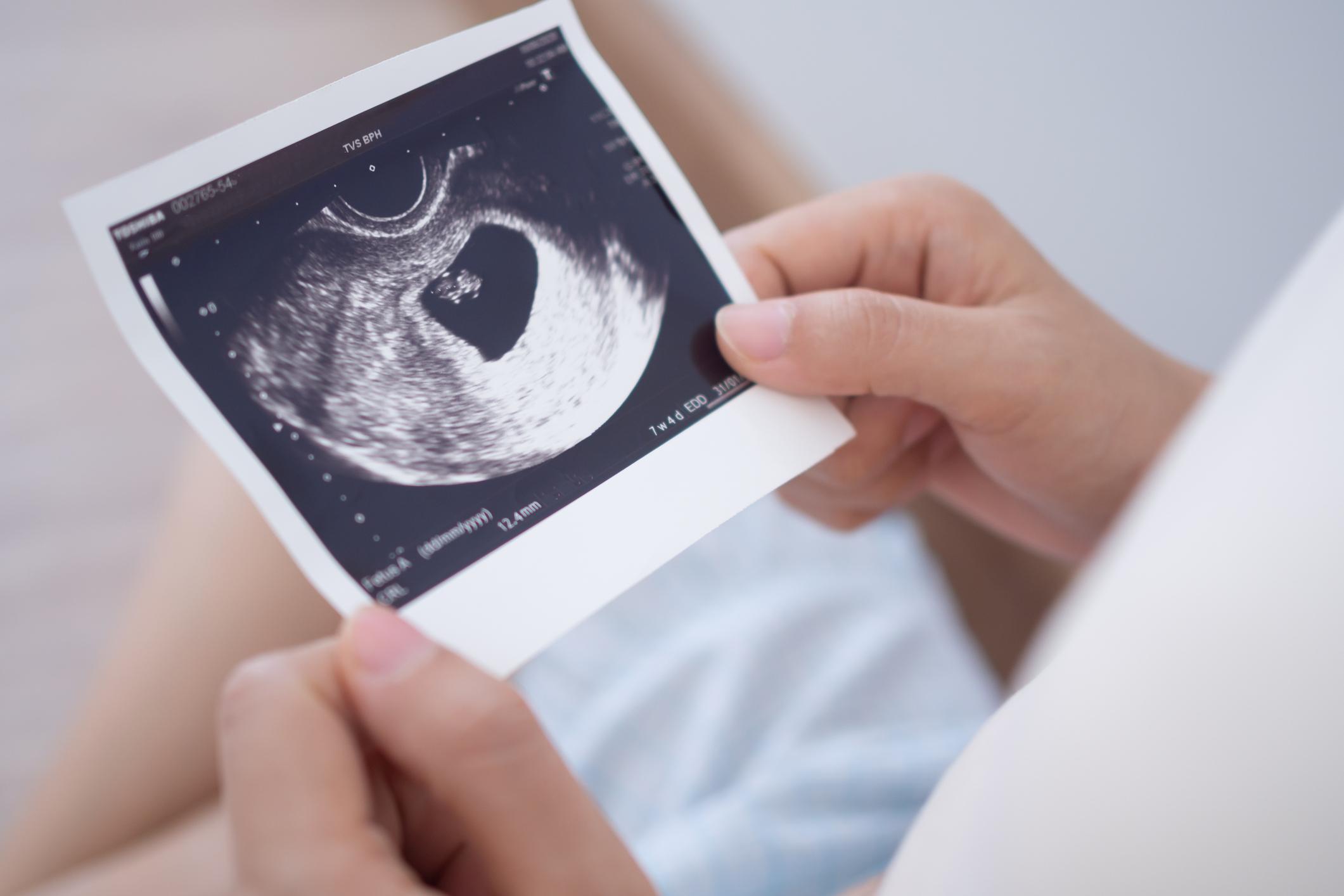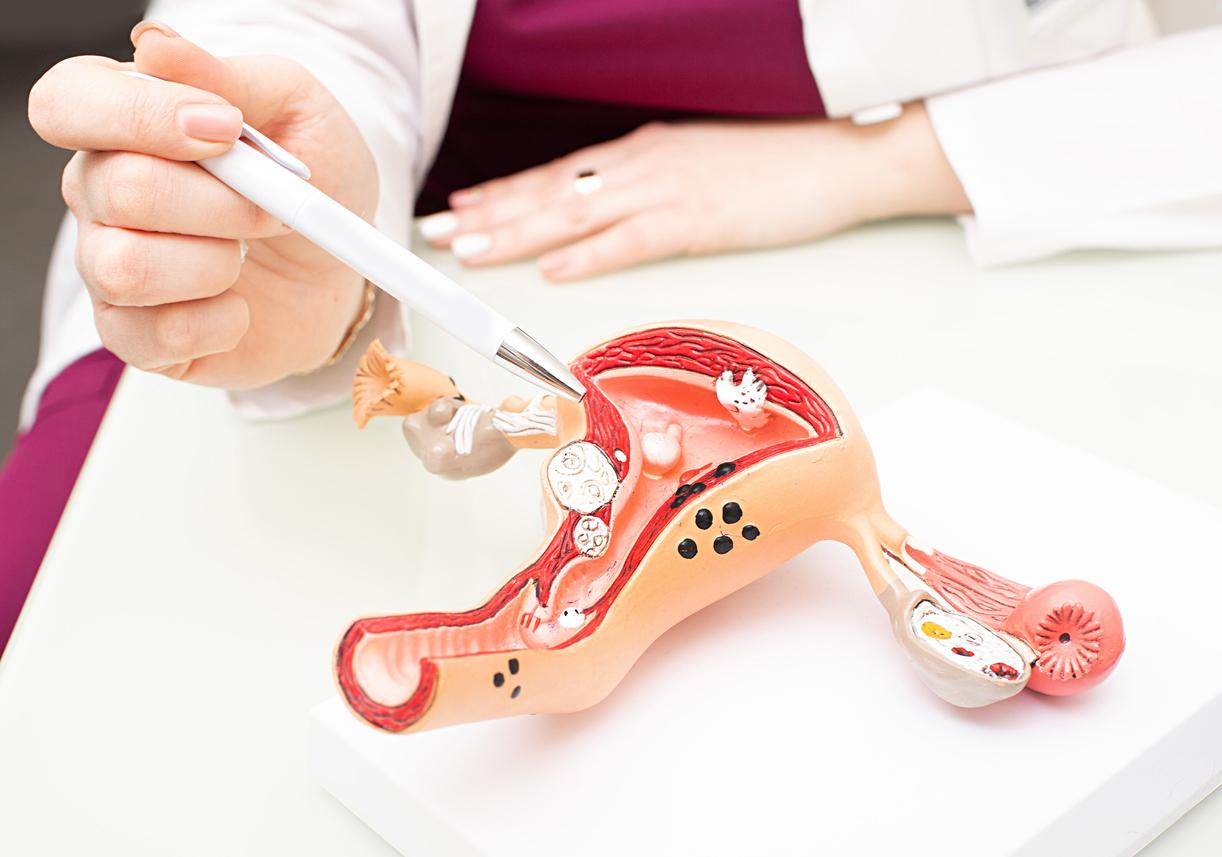The first baby conceived thanks to the uterus of a deceased donor is today in good health, just like his mother. This world first opens up new avenues for infertile women.

This is a world first, which gives hope to women who cannot have children. A year ago in Brazil, the first baby conceived through the uterus of a deceased donor was born, and is now perfectly fine, according to The Lancet.
This successful operation “opens the way to post-mortem uterus donation, as is the case for other organs” which “would allow women who cannot conceive a baby due to a failing uterus to carry their own child, rather than relying on living donors, or resorting to adoption or surrogacy,” says Professor Andrew Shennan, an obstetrician at Kings College London.
Expand access to this treatment
The little girl weighed 7.2 kg seven months after her birth, and is still breastfed by her mother today. Before this success at Sao Paulo University Hospital, all uterus transplants taken post-mortem had failed, whether in the United States, the Czech Republic or Turkey. Since 2013, thirty-nine transplants from a living donor have resulted in eleven births.
“The use of deceased donors could significantly expand access to this treatment. Our results provide evidence that it can work, to provide a new option for women stricken with uterine infertility,” said Dr. Dani Ejzenberg , who conducted the research.
Ten and a half hours of surgery
In September 2016, the mother who benefited from the operation was 32 years old. Suffering from Mayer-Rokitansky-Küster-Hauser syndrome, she was born without a uterus. Ten and a half hours of surgery followed by immunosuppressive treatment were necessary and five months later the patient had normal periods. Seven months after the transplant, the pregnancy occurred after the first single embryo transfer obtained by in vitro fertilization. The transplanted uterus came from a 45-year-old woman who died of a stroke.
“The only pregnancy that occurred after a post-mortem uterus transplant dates from 2011, in Turkey”, and ended in a miscarriage, says Dr Srdjan Saso, from the obstetrics department of Imperial College London. “This successful demonstration has several advantages over living donor transplantation: it relies on a larger pool of potential donors, costs less and avoids risks for the living donor,” he says. .
Most transplants come from dead donors
In France, most transplants come from dead donors. 23,828 patients were waiting for organ donation in 2017. Infertility affects 10% to 15% of couples of reproductive age worldwide. One woman out of the 500 affected presents with an anomaly of the uterus, which, in the absence of a transplant, leaves no choice but to adopt or resort to a surrogate mother.

.







